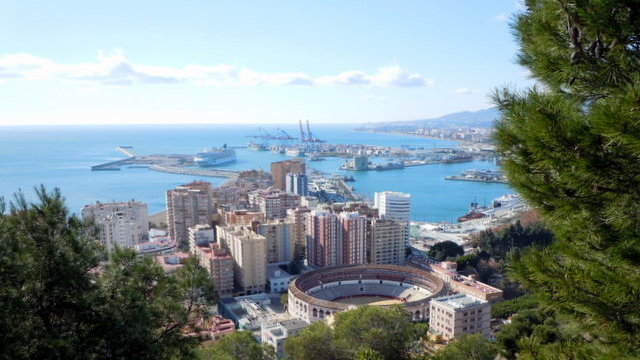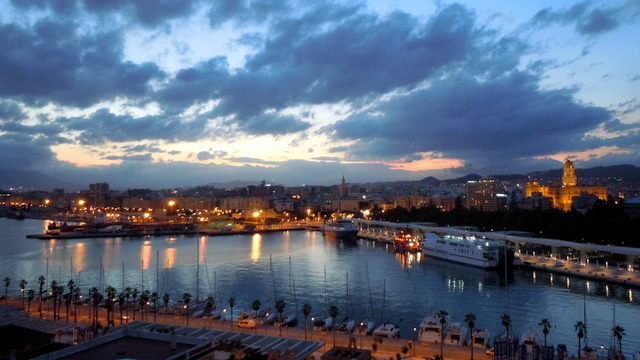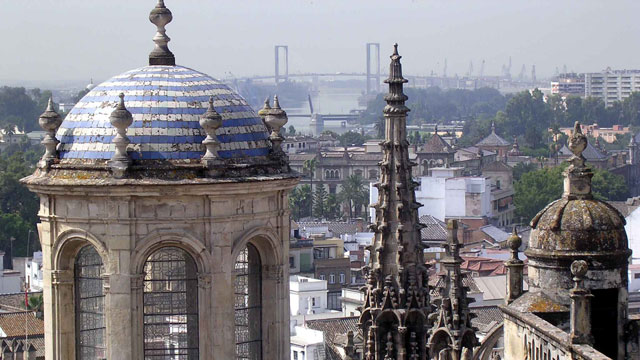Have you ever been somewhere on holiday, and discovered something near the end of your stay that makes you say, “I wish I’d known that before I came on holiday”? That’s a rhetorical question, of course, as it happens to all of us, and however much planning we do will probably continue to do so. Nevertheless, here are some tips that will help you avoid at least some of those moments when you’re in Seville.
First off, when is the best time to come to Seville? Spring and autumn have the best weather – warm enough for shorts and T-shirts, but not oppressively hot. On the other hand low season (winter and summer) means cheap deals on flights and accommodation. Try to avoid Semana Santa (Holy Week) and the April Fair unless you’ve come to Seville specifically for those events; the city is extra crowded and hotel and apartment prices are often double the normal rate.
If you’re staying more than a couple of nights (which you need to to do Seville properly), and particularly if you’re a family or a group, consider renting an apartment rather than staying in a hotel. It gives you more freedom to come and go, as well as self-catering and laundry options, and often works out cheaper. These days there are lots to choose from in all size and price ranges.
Seville is a fabulous city for just wandering around, and if you’re in the centre (if not, the buses and taxis are cheap and easy to use) everything is within walking distance. It’s very easy to get lost in the mazes of small streets, though, so get a map from the tourist office. You could also try starting your stay with a walking tour, which will not only help you find your way around, but also give you an insight into the city’s past, and how it came to be what it is today. Principle must-see sights include the Reales Alcazares (royal palace), the Cathedral (there are often long queues, but you can avoid them by buying a combined entrance ticket at the El Salvador church), the Plaza España (González’s masterwork built for the 1929 Spanish-American exhibition) in Maria Luisa Park, and the modernist Metropol Parasols (the world’s largest wooden building).
Seville is famous as the birthplace of tapas, so get to know this typically Andalucian way of eating. It’s informal, and the bars are often busy, but don’t be put off or intimidated – really, the locals are friendly. If there’s no space, wait; people often go from bar to bar and don’t stay long in one place. Don’t order everything at once, just one or two tapas each to start, and order more as you need it. In some bars tapas are only available at the bar, so check before ordering. The bill is “la cuenta” and is usually paid at the end. There are also lots of tapas tours available if you want someone to show you the ropes, explain the food and give you helpful tips and suggestions. It’s also worthwhile visiting one of the local food markets to see how the locals shop.
Although the audiences are mainly tourists, the best way to see flamenco is still at a proper show – The Flamenco Dance Museum and the Casa de la Memoria are among the best. Book an early evening show and you’ll have plenty of time for tapas afterwards.
For the little things. It’s worth going somewhere high up for an overview (literally) of the city. The Giralda Tower and the Metropol Parasol are the best. Also try and catch the deep, dark blue of dusk over the Cathedral from Plaza Virgen de los Reyes. This is also the time when the swallows come out to hunt insects, and can be seen swooping around the tower and nearby streets. This is a magical time of day to be out and about.
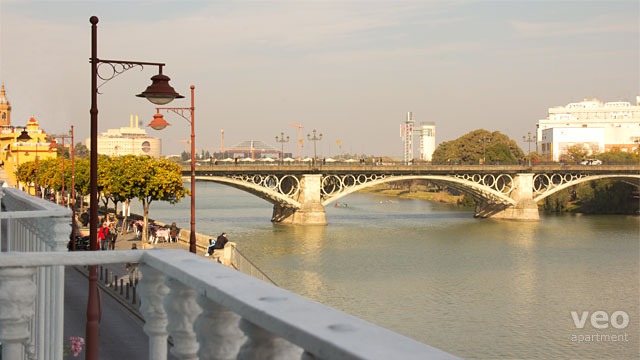 view from our Betis Blue apartment
view from our Betis Blue apartment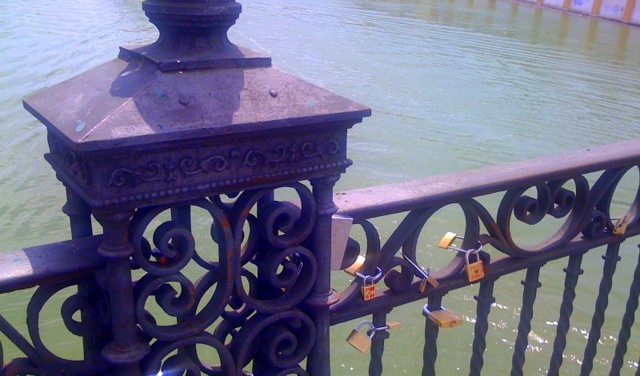 lover’s locks on the Isabel bridge
lover’s locks on the Isabel bridge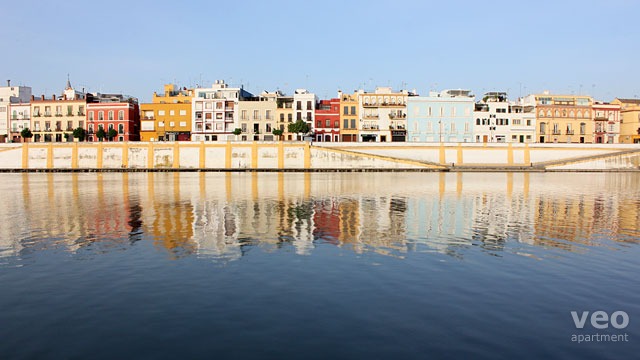 view of Triana from the Seville side of the river
view of Triana from the Seville side of the river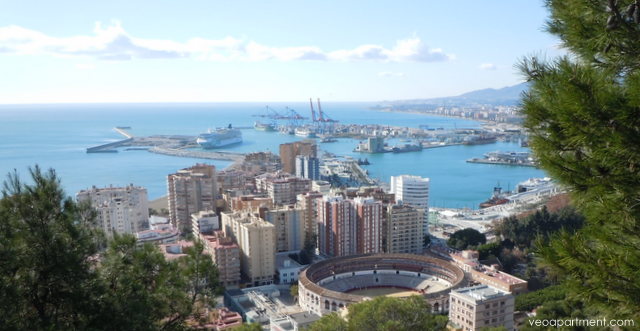
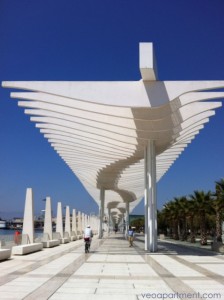 The inner harbour has recently been redeveloped as a shopping and leisure area, with a marina and restaurants where you can watch the sun sparkling on the water while you eat. The old landmarks of the lighthouse and the fishermen’s chapel preserve some of the original character of the port. Stroll the Paseo El Palmoral de las Sorpresas to…
The inner harbour has recently been redeveloped as a shopping and leisure area, with a marina and restaurants where you can watch the sun sparkling on the water while you eat. The old landmarks of the lighthouse and the fishermen’s chapel preserve some of the original character of the port. Stroll the Paseo El Palmoral de las Sorpresas to…